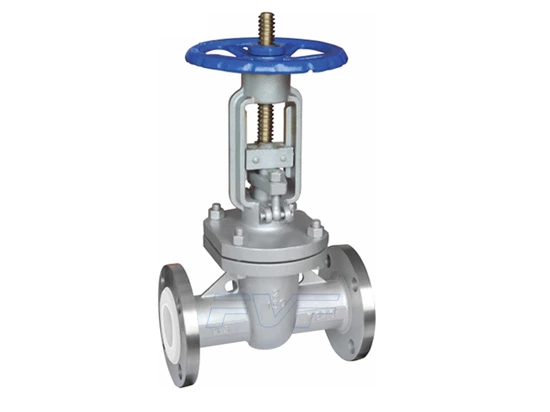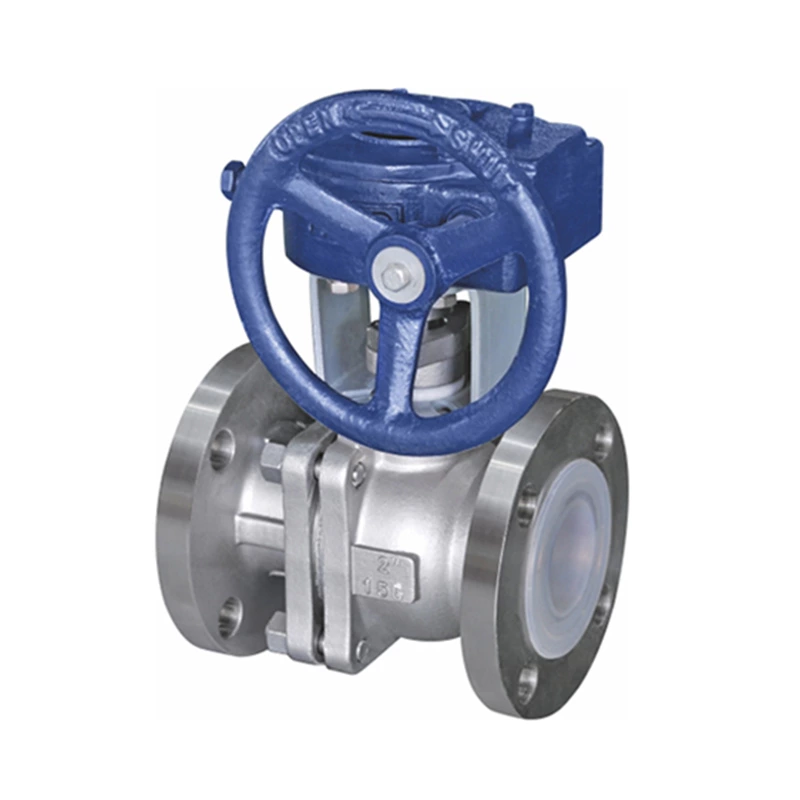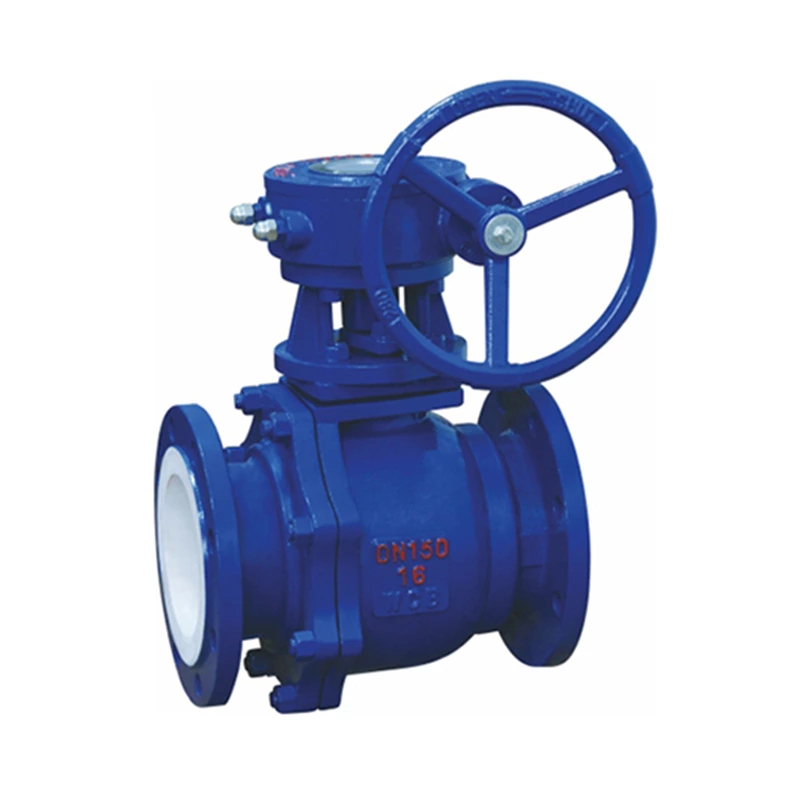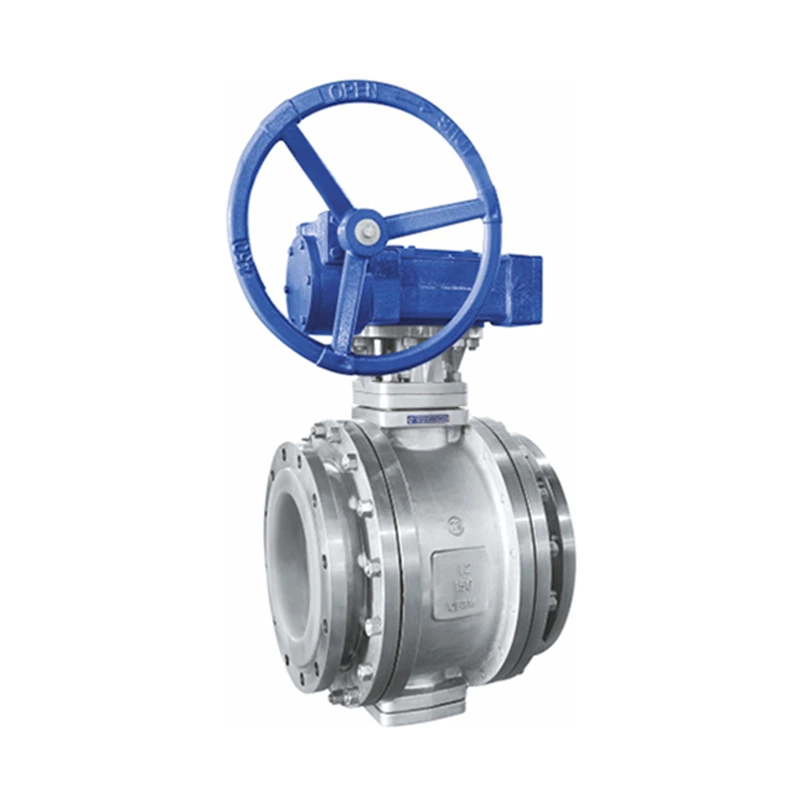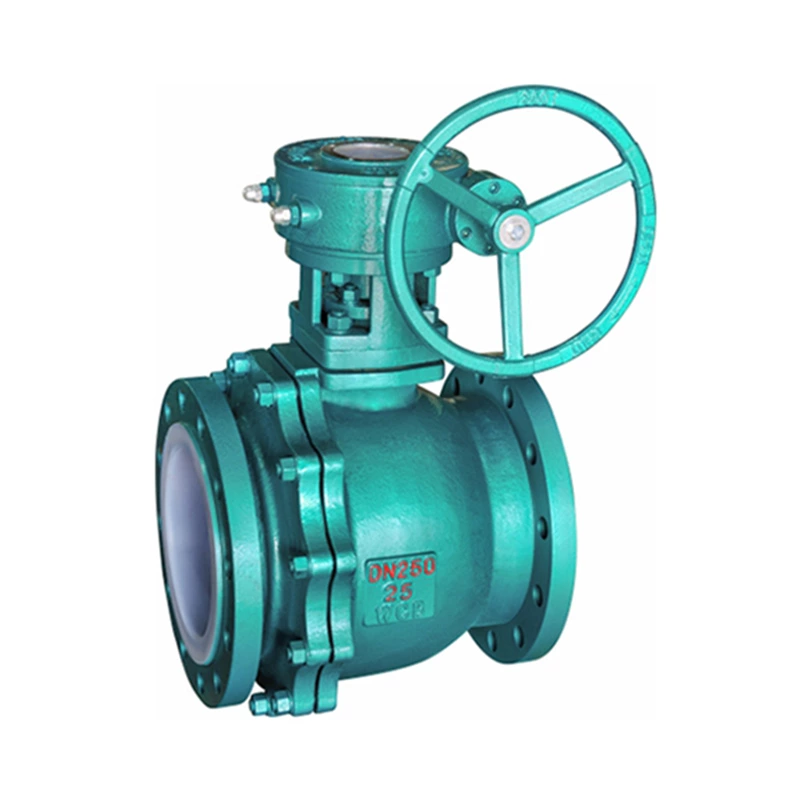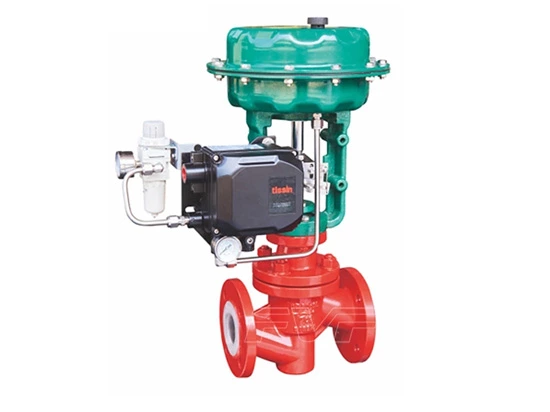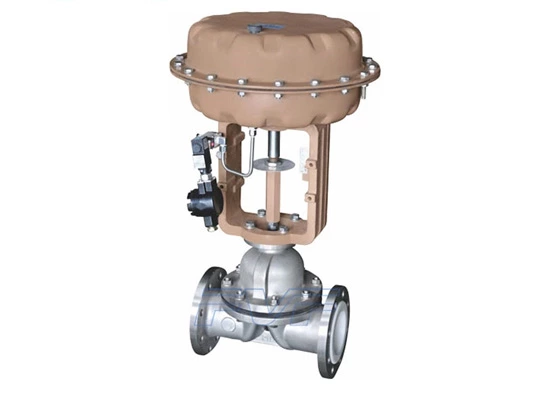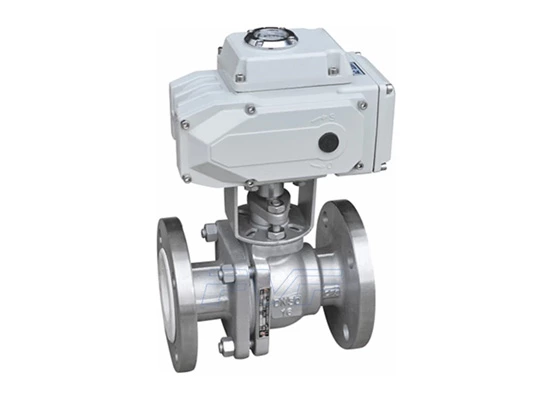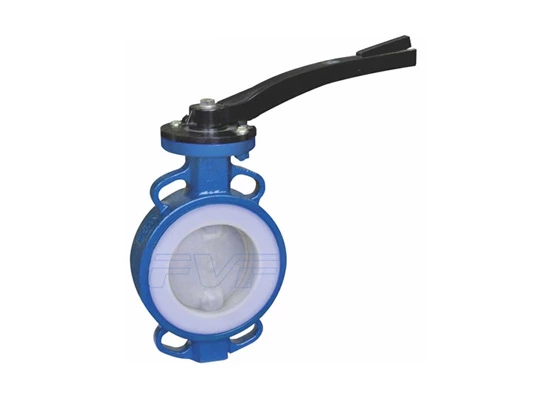Fluorine-lined valves: corrosion-resistant, reliable industrial fluid control tools
Fluorine-lined valve is a common type of valve. It has excellent corrosion resistance and sealing performance and is widely used in chemical, petroleum, pharmaceutical, food and other industries. This article will introduce the working principle, structural characteristics, application fields and maintenance of fluorine-lined valves in detail.
1. Working principle
The working principle of Lined Valve is based on the opening and closing of the valve to control the flow of the medium. When the valve is open, the valve disc inside the valve is separated from the valve seat, and the medium can flow through the valve; when the valve is closed, the valve disc fits tightly with the valve seat to prevent the flow of the medium. Fluorine-lined valves achieve flow regulation and cutoff through the movement of the valve disc and the valve seat.
2. Structural features
1. Fluorine-lined material: One of the main features of fluorine-lined valves is the use of fluorine-lined materials. Common fluorine-lined materials include polytetrafluoroethylene (PTFE) and polytetrafluoropropylene (FEP). These materials have excellent corrosion resistance and can effectively prevent the medium from corroding the valve.
2. Valve body material: The valve body of the fluorine-lined valve is usually made of cast iron, ductile iron, stainless steel and other materials, with high strength and corrosion resistance.
3. Structural form: Fluorine-lined valves have various structural forms, including stop valves, ball valves, butterfly valves, etc. Different structural forms are suitable for different working conditions and media.
4. Sealing performance: Fluorine-lined valves have good sealing performance and can effectively prevent medium leakage. The fluorine-lined material between the valve disc and the valve seat can play a sealing role to ensure the sealing performance of the valve.
III. Application fields
Fluorine-lined valves are widely used in chemical, petroleum, pharmaceutical, food and other industries, especially suitable for the control and cutoff of corrosive media. Specific application fields include:
1. Chemical industry: Fluorine-lined valves are used in the chemical industry to control the flow of various corrosive media, such as acids, alkalis, salts, etc.
2. Pharmaceutical industry: Fluorine-lined valves are used in the pharmaceutical industry to control the flow of various drugs to ensure the quality and safety of drugs.
3. Food industry: Fluorine-lined valves are used in the food industry to control the flow of various foods, such as juices, beverages, etc.
IV. Maintenance
In order to ensure the normal operation of the fluorine-lined valve and extend its service life, regular maintenance work is required, including:
1. Clean the valve: regularly clean the impurities and sediments inside the valve to keep the valve unobstructed.
2. Lubricate the valve: regularly add lubricant to the moving parts of the valve to reduce friction and ensure the flexibility of the valve.
3. Check the sealing performance: regularly check the sealing performance between the valve disc and the valve seat. If there is damage or wear, replace it in time.
4. Regular maintenance: Regularly inspect the fluorine-lined valve, including disassembly, cleaning, replacement of seals, etc.
Summary:
Fluorine-lined valve is a type of valve with excellent corrosion resistance and sealing performance, which is widely used in chemical, petroleum, pharmaceutical, food and other industries. Its working principle is based on the movement of the valve disc and the valve seat to control the flow of the medium, and has good sealing performance. The structural characteristics of the fluorine-lined valve are diverse and suitable for different working conditions and media. In order to ensure the normal operation of the fluorine-lined valve, regular maintenance work is required.
